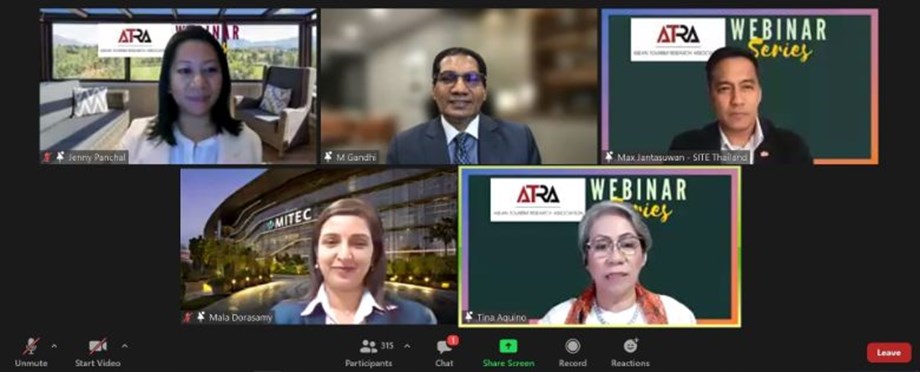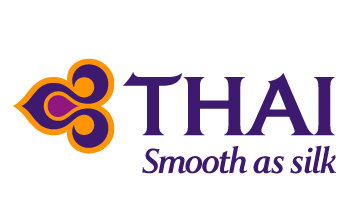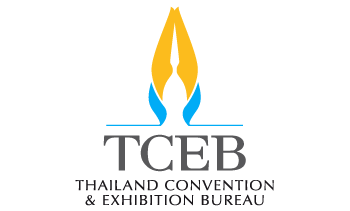
ASEAN
What does it take to revitalise ASEAN’s MICE industry?
The MICE sector can ride out the storm and emerge stronger. But first, it has to be willing to experiment and learn.
This article was originally found on Meetings & Conventions Asia.
At a recent virtual webinar by ASEAN Tourism Research Association (ATRA) on revitalising the region's MICE sector, the message to all 343 attendees rang loud and clear: adapt, adapt, adapt.
Digital transformation will continue to be the way forward in the conceivable future, albeit with latent demand for face-to-face events, Philip Pang, marketing & events manager at Professional Convention Management Association (PCMA) noted.
This was confirmed by the results of a live poll conducted during the event, where the majority of respondents indicated a preference for hybrid meetings (63%), followed by face-to-face (24%), while 11% opted for virtual-only meetings.
New needs
Pang also highlighted that audience priorities have changed drastically. While content was most important before, now making meaningful connections is top priority, followed by entertainment, and finally, content.
Event design has also come into greater focus. There are new needs to engage participants and enhance their event experience across an omni-channel spectrum. Convention centres have adapted well to this shift, demonstrating novel ways to develop business and serve the community, Pang added.
Meanwhile, speakers observed similar findings in a PCMA survey of 184 APAC respondents and a Thailand Convention and Exhibition Bureau (TCEB) survey of industry stakeholders in the country.
Among the prevailing sentiments, top concerns include:
1. Vaccination is seen a key requirement for event attendees and organisers;
2. Perceived safety and control of Covid-19 in a destination is paramount, as is product and program design;
3. Hybrid events are here to stay with a preference for both sets of audiences to interact;
4. The industry needs to wean off its reliance on face-to-face;
5. Sponsors and frequency of events have changed.
Time for change
Speakers stressed the need to use this "lull period" to reskill, innovate, test new business models and collaborate with academia.
Dr M. Gandhi, VP (exhibition) at the Malaysian Association of Convention and Exhibition Organisers and Suppliers (MACEOS) added that now is the time to experiment and make mistakes as customers are more accepting.
The adjustment may not be easy, but there is light at the end of the tunnel. "Exhibitions have always been wall-bound. Now, innovation and technological adoption accelerated by the pandemic are bringing down these walls, pushing the limits on attendance and reach."
Change leaders
Management consultant, corporate trainer and co-founder of World Women Tourism, Barkathunnisha Abu Bakar, highlighted the positive example of Singapore’s reimagined MICE sector, which has adapted to new challenges while leveraging the destination's pre-existing associations with safety, innovation, and trust.
“We introduced Covid-19 safe event measures and a related certification programme, the first of its kind for event companies. Our target is for at least 80 companies to register by the end of this year,” she said.
Since July 2020, Singapore has held 60 MICE events with more than 7,000 local and foreign delegates attending in person.
TCEB senior VP Supawan Teerarat announced that the country had a national strategy for MICE, with plans to reopen the industry in approximately three months. She further pointed out that the government, through TCEB, has extended resources in the form of financial and technical support, in addition to education on virtual meeting spaces, safety and hygiene guidelines and more.
“We have even provided apps for [traffic] control, helped organisers with event voiceovers, deployed robots to check on social distancing and monitor the temperature of attendees, in addition to using contactless facial recognition technology for registration,” she detailed.
Across the region, recovery may look different, but as Supawan aptly observed:
"We’re not all in the same boat, but we’re all in the same storm”.




